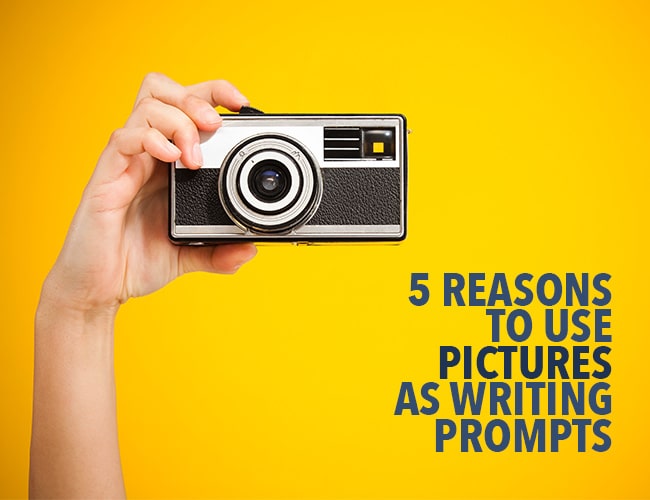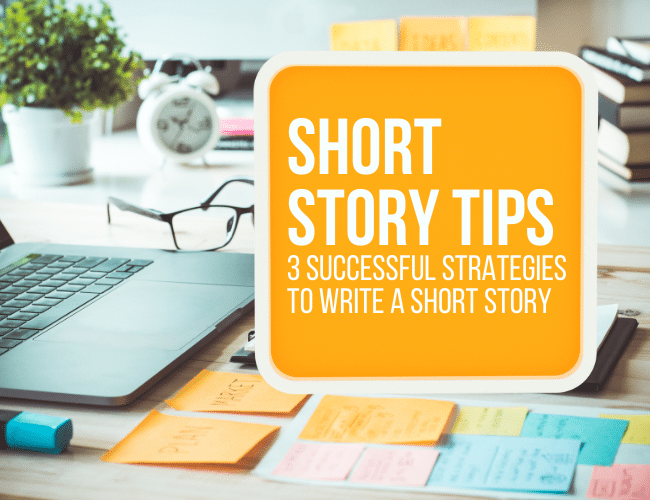
by Sarah Gribble |
If you’re new to short story writing, it can be intimidating to think of fitting everything you need in a story into a small word count. Do you need to apply certain elements of a short story in order for it to be great?
Writers like you struggle with this all the time.
You might want to develop deep character backgrounds with a huge cast of characters, amazing settings, and have at least two subplots. And that’s great. But that wouldn’t be writing a short story.
You might try to cut some of these things, and then all the sudden you don’t have a character arc or a climax or an ending.
Every story has basic elements; a short story’s basic elements are just more focused than a novel’s. But all those elements must be there, and yes, they need to fit into a short word count.
In this article, you’ll learn what you need to make sure your short story is a complete story—with three famous short story examples. These story elements are what you should focus on when writing a short piece of fiction.

by Sarah Gribble |
If you follow any kind of writing blog or social page, you’ve probably seen picture writing prompts before. People love them and there’s no end to sites that provide them. Not to mention the millions of pictures that are out there that aren’t “official” writing prompts. You’ve probably got a ton on your phone that could spark an idea.
If you haven’t taken the plunge and tried writing from picture writing prompts before, here are five reasons why you should.

by Sarah Gribble |
Writing a short story is difficult, but there’s a special learning curve that comes with how to edit a short story. Even though there is a small word count, where do you start?
The editing process might not be your favorite part of the writing process (or maybe it is!), but it’s a necessary one.
Editing your short story can push the story idea into a whole new arena, which will make it more likely to grab a reader, whether or not that’s a fellow writer, editor, or writing contest judge.
In this article, I’ll take you through the step-by-step process of editing a short story. I’ll share the step-by-step process you should use to break down your editing phase into manageable chunks and what to focus on with each editing pass.

by Sarah Gribble |
Knowing how to write a short story seems like it’s a no-brainer. They’re short; how hard could it be? However, once you start writing a short story you’ll probably realize that you don’t know how to write a short story. You’d like to some short story tips.
A novel has hundreds of pages to get you involved in the characters’ lives and to transform you to another world, all to leave you with a great ending that you’re thinking about weeks—maybe even years—later.
In a short story, you have to do all that in a few pages. It’s no wonder most of the “new” writers I know would rather write novels. Short stories may be small, but they are mighty. (Not to mention they are a great way to keep up a writing habit.)
Chances are your favorite author started their writing career by writing short stories. Big names and favorite writers like Stephen King, Neil Gaiman, Ray Bradbury, Kurt Vonnegut, Shirley Jackson, Louisa May Alcott, Sylvia Plath are all short story writers.
I’ve talked about coming up with ideas, plotting, and some key elements of short stories. Now it’s time to stop dilly-dallying and get to writing. This article covers three successful short story tips and strategies to write a short story.

by Sarah Gribble |
If you’ve ever wanted to write a book, you might have heard the term “beta readers.” But what are beta readers? Do you really need them? Are they just free editing, or something different?
A couple hints: yes, if you’re going to publish a book, you need beta readers. And no, they’re not a replacement for hiring a professional editor.




